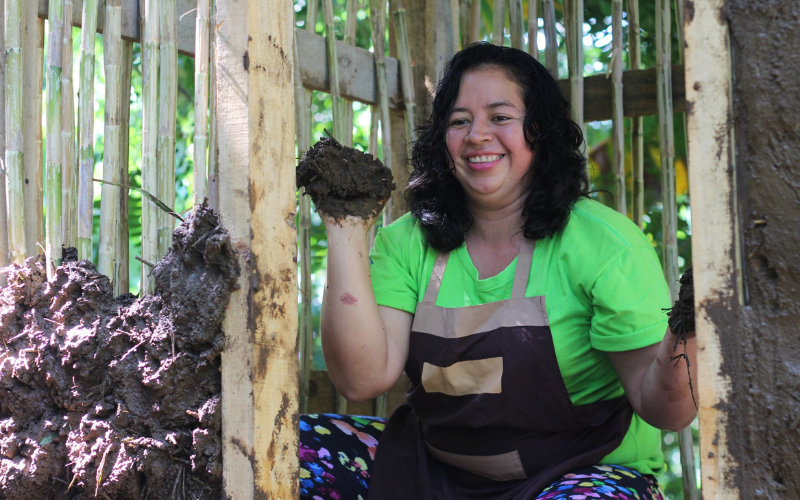The Build Together Programme in Namibia began in 1992 to tackle the country’s huge housing shortage. It focuses on helping low- and middle-income families who cannot access formal housing loans. Instead of the government building homes directly, the programme supports people to build or improve their own houses with affordable loans, technical guidance, and community involvement. By 1995, it had reached 3,322 families across all 13 regions.
Namibia gained independence in 1990 and inherited deep inequalities. Most wealth is held by a small minority, and housing reflects this history: well-serviced areas for a few, and overcrowded shacks and barracks for the majority. Housing became a top national priority alongside health, education, and agriculture. The Build Together Programme aims to give 70% of household’s adequate shelter by 2000 through loans for plots, house construction, roof materials, and home upgrades. Designs allow houses to be extended as families grow.
Local Community Housing Development Groups (CHDGs) identify families in need, help plan projects, and monitor loan repayments. Loans can be guaranteed by the individual, the community, employers, or the government. Community pressure is key to ensuring repayment. Over 45% of beneficiaries are women, who also gain skills, form savings groups, and take active roles in construction.
The programme reduces costs, encourages pride in self-built homes, and builds community responsibility. To stay sustainable, it plans to create regional revolving funds using loan repayments. Government support focuses on providing land, adjusting building regulations, promoting local materials, and offering training and technical advice through future Community Resource Centres.
Although still young, Build Together is a model of how governments can empower citizens to improve their own housing, reduce costs, and create more equitable cities.




